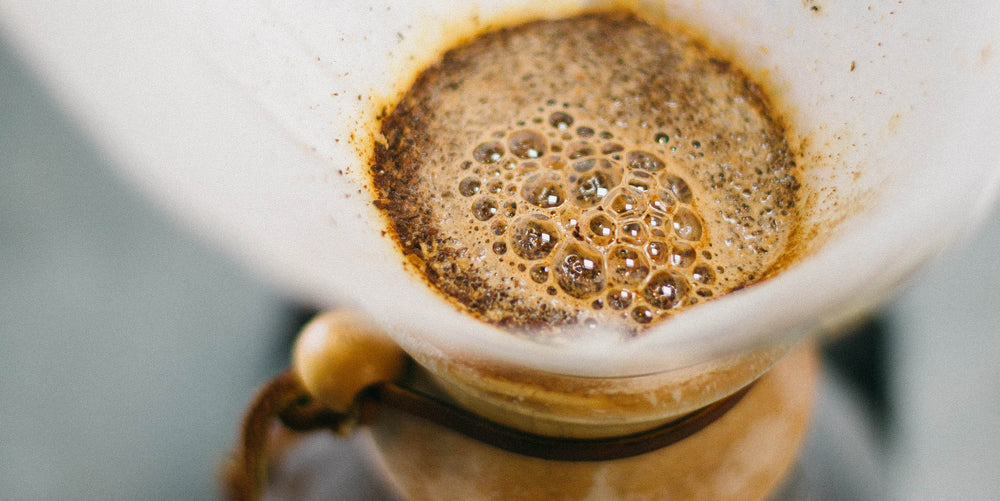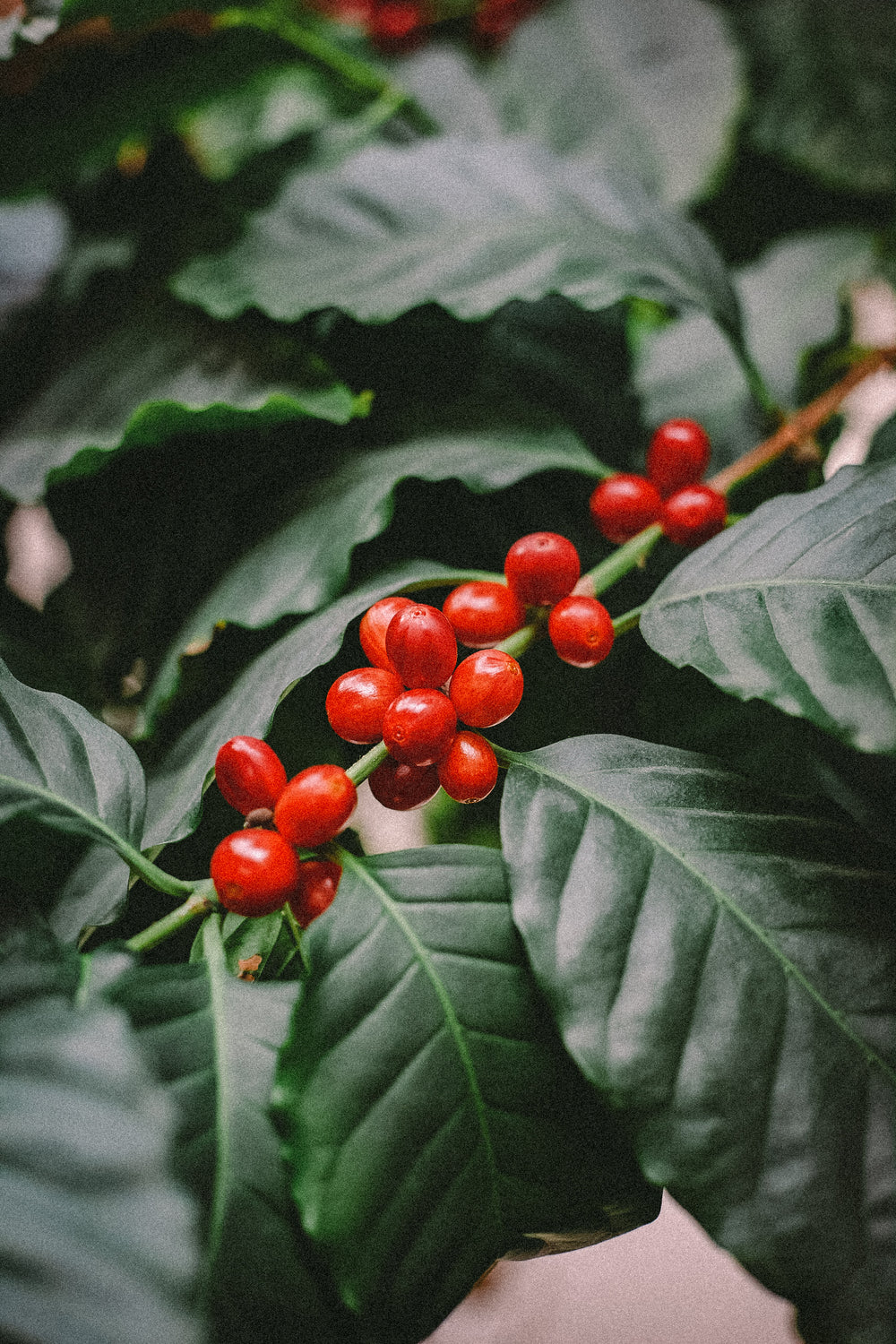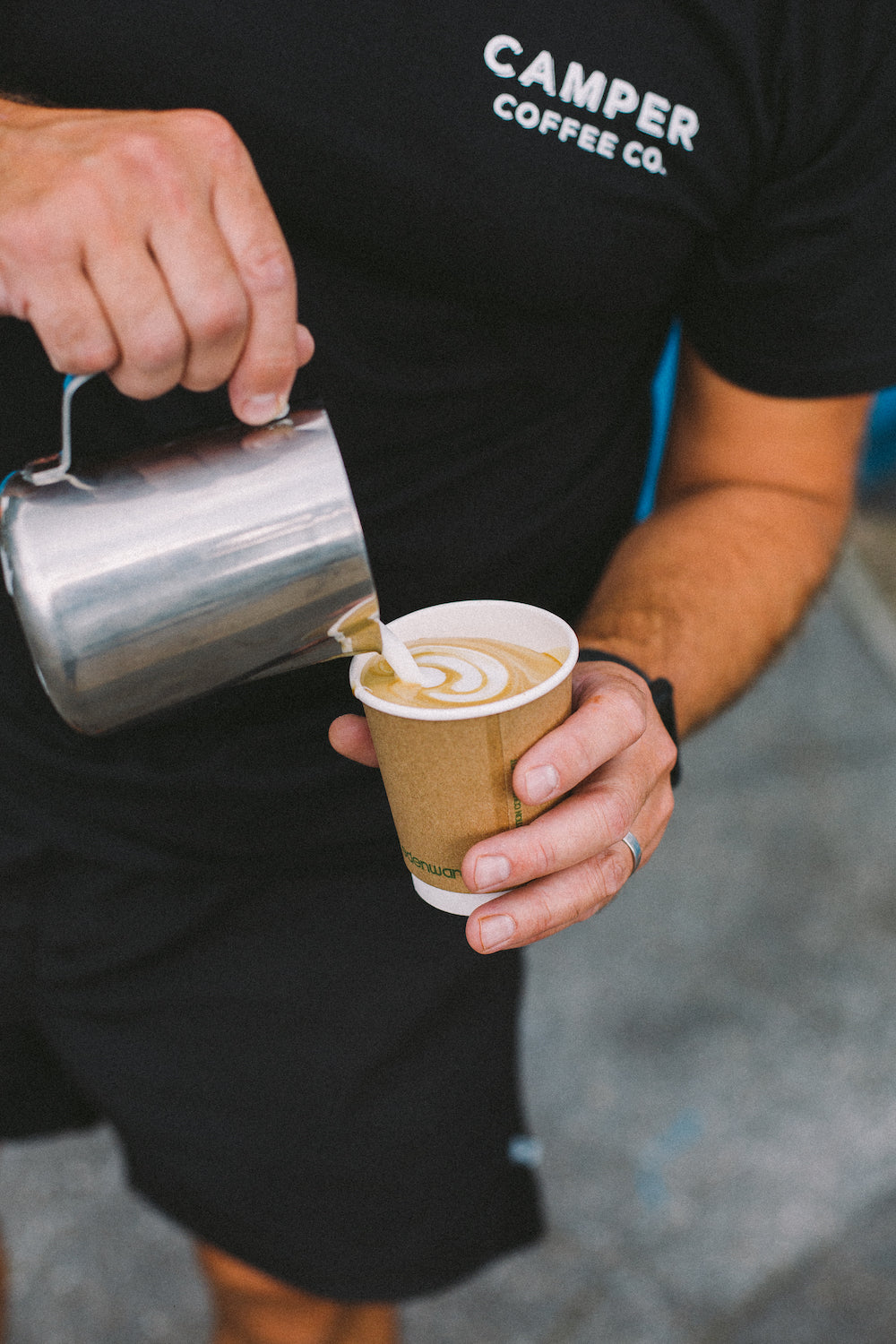Jargon sucks. We hate it. It’s so lame. Coffee roasters are terrible for jargon. There are a couple of terms that we as roasters throw around almost on a daily basis, but which have little to no meaning to the majority of our customers. “roast profile” is one of those terms.
So, what is a roast profile? Well, basically it’s a set of parameters that define how a coffee should be, or has been roasted. A roast profile can be as simple or as complex as you like, and is mainly dependent on three things:
2. How much data you can capture from your roasting machine.
3. How much you believe controlling these parameters affects flavour.
Unless your roasting machine is a shed, you should have a one fitted with a temperature probe that is reading the temperature of the beans in the drum (well, at least mostly the temperature of the beans. This probe will also pick up a little bit of the air temperature as well). Most roasters will also usually have a temperature probe that is monitoring the exhaust gas, or drum air temperature, and they’ll have a way of adjusting the heat input of the machine. These three data points, along with time, are usually enough to build a reliable roast profile.
A REALLY SIMPLE ROAST PROFILE MIGHT LOOK LIKE THIS:
– Charge the roasting drum with beans at 200 degrees Celsius.
– Reduce gas when bean temperature reaches 180 degrees Celsius.
– End roast when bean temperature reaches 210 degrees Celsius.
The problem with the above is that it doesn’t take account for time. How long did it take to reach 180 degrees? What was the total roast time? These factors will have a profound impact on the taste of the coffee. We also don’t know what happened between the three events. Was the temperature definitely increasing or bouncing around? That’s why most roasters will use roast profile logging software to capture the data and display it in a graph in real time. If you were to roast coffee to the above roast profile, your coffee is probably going to suck. Generally speaking, you’ll want to have a roast profile that’s way more detailed. Below is an example of one of our roast profiles. This coffee is a filter roast Colombian coffee roasted on our 60kg production roaster.

Along the bottom is time and up the left-hand side is temperature. The dark blue curve indicates the bean temperature over the course of the roast, which in this instance took about 13 and a half minutes. The red line is the exhaust gas temperature.
We need to talk about rate of rise. “Rate of rise” is probably more important to us as than the main temperature curve. The line at the bottom of the graph is the rate of rise, or “RoR” for short. This is basically an indication of how many degrees per minute the temperature is increasing. The numbers up the right-hand side is the RoR scale, so you’ll see they range from around 14 degrees per minute at the peak to about 2 degrees per minute at the end of the roast. The general rule of thumb is that your RoR needs to be decreasing throughout the roast. If this is the case, the bean temperature curve will be levelling off towards the end. If your RoR was even throughout the roast your temperature curve would be straight.
Couple of other things to mention. We log the lowest temperature the curve hits. Now, of course this isn’t the lowest temperature of the beans, as this would have been right at the beginning of the roast. The bottom temperature is also sometimes called the “turning point” because it’s the point where the bean temperature probe reaches an equilibrium between the hot air in the drum and the temperature of the beans which are in contact with the probe.
You’ll also see something towards the end of the roast called “FCs”. This marks the start of first crack. This is an audible pop or crack that happens when the residual moisture inside the cell structures of the beans reach boiling point and turns to steam. This steam then expands and causes the bean to pop. This is also the point at which the bean transitions from an endothermic reaction to an exothermic reaction. Sounds complicated? It’s not. You just should have paid more attention in Chemistry class. The phase from the start of first crack to the end of the roast is commonly called the development phase. I can’t be bothered to go in to too much detail about this, but just know that it’s probably the most important stage in the roast for flavour.
The aim of logging this information is that when we nail a roast, we can repeat it. We want to be able to replicate the same process, batch after batch.
The way you roast a coffee will have a profound impact on the taste, and it’s all about taste at the end of the day, right? Roasting time will generally have an impact on solubility (the quicker you roast the more soluble the coffee becomes). The hotter the bean temperature at the end of the roast (called drop temperature), the darker the coffee will be. If you don’t slow down the roast towards the end you risk the inside being under roasted while the outside may end up over roasted. There are loads of decisions you can make that will have an impact on flavour, and there’s no limit to how nerdy you can get. The key thing to remember is that we can’t add quality back into coffee. When a well cultivated, well processed coffee lands in our roastery we can’t do anything to improve it. We just need to manage the degradation of quality. That’s why it’s important to understand how the decisions we make during roasting will impact on the taste, and a decent roast profile will really help with this.
Want to find out more? There are two fantastic books which go in to way more detail about roasting:
Scott Rao – The Coffee Roasters Companion
Rob Hoos – Modulating the Flavour Profile of Coffee
Back to listings




